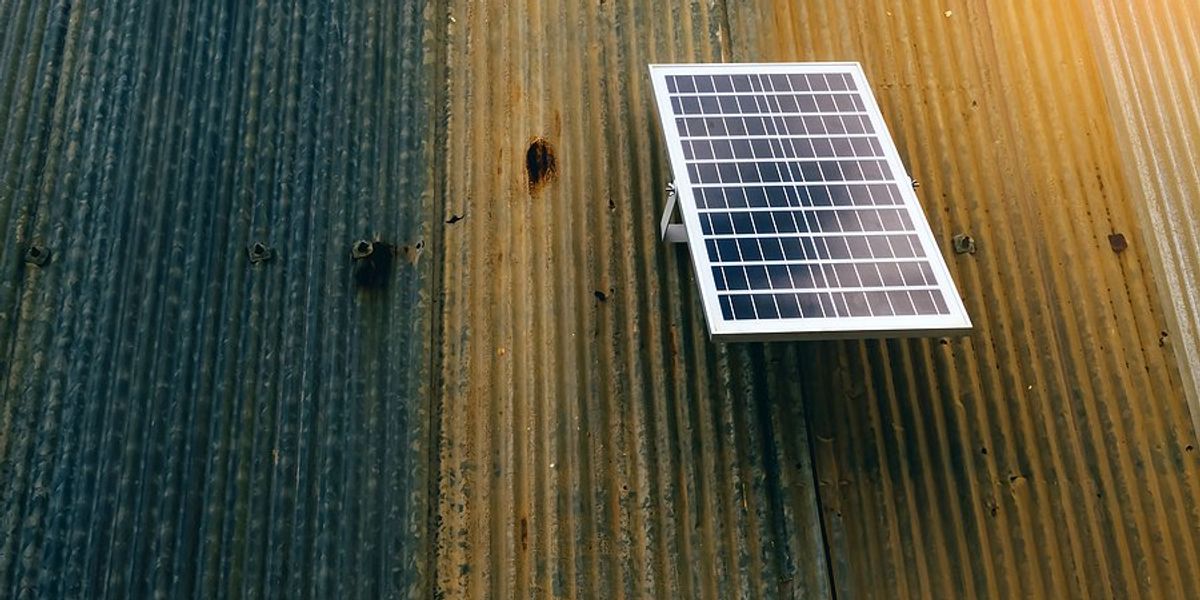
Los Angeles groundwater still depleted despite record rainfall, study finds
A year of extreme storms in 2023 failed to replenish Los Angeles’ deep groundwater supply, leaving aquifers struggling to recover from years of drought, a new study finds.
Sharon Udasin reports for The Hill.
In short:
- Despite record rainfall from atmospheric rivers and Hurricane Hilary, deep aquifers in Los Angeles remained largely unreplenished, regaining only 25% of the water lost since 2006.
- Scientists used seismic data originally meant for earthquake monitoring to develop a new "Seismic Drought Index" that tracks groundwater levels without expensive deep-well drilling.
- Researchers warn that some aquifers, particularly in agricultural regions, may have collapsed irreversibly due to prolonged drought and overuse.
Key quote:
“It appears that a single epic storm season is not enough to restore the groundwater depletion accumulated over the recent droughts.”
— Shujuan Mao, assistant professor at the University of Texas at Austin
Why this matters:
California’s groundwater crisis is a slow-moving disaster with consequences that extend far beyond the state’s borders. For decades, cities and farms have pumped more water from underground aquifers than nature can replace, a problem exacerbated by recurring droughts and rising demand. In dry years, groundwater can supply up to 60% of the state’s freshwater, making it an essential buffer against dwindling surface water supplies. But as wells are drilled deeper to reach vanishing reserves, the damage to underground water stores may become irreversible.
Related: Turning lawns into microfarms helps Los Angeles families conserve water and grow fresh food














